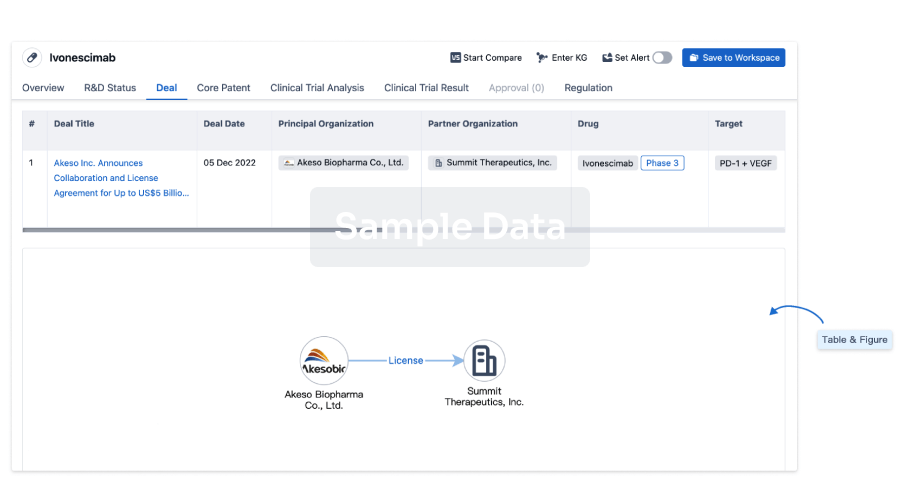Behcet's disease (BD) is a systemic disease of unknown etiology that mostly affects oral and genital mucosa and eyes [1]. B-glucans are long-chain polymers of glucose in β-(1,3)(1,6) linkages that stimulate cells of the innate immune system [2]. In recent years, the use of β-glucans as natural immune stimulant agents has become very popular in Turkey. We report a case of BD, which was possibly triggered by β-glucans.
A 25-year-old male patient had been started on a 30-mg/day β-glucan treatment by his general practitioner to strengthen his immune system, as he was having frequent and severe tonsillitis. He was referred to our hospital with a high fever due to the tonsillitis and impaired oral food intake caused by large oral aphthous lesions. The patient was hospitalized in the Ear, Nose and Throat Clinic and began an intravenous antibiotic treatment. In his follow-up, within 3 days, he developed scrotal genital ulcers (Figure 1), bilateral active frontal uveitis, erythema nodosum and arthritis and was referred to our clinic. The history of the patient revealed no recurrent aphthous stomatitis. The pathergy test and HLA B51 were positive. The patient was diagnosed with BD according to the International Study Group diagnostic criteria [3] for BD, although the aphthous lesions appeared for the first time. The patient was started on a treatment of colchicine (0.5 mg three times per day), fluocortolone (80 mg/day) and topical treatments for genital ulcers and uveitis. The β-glucan treatment was discontinued.
Figure 1
Scrotal ulcers of the patient
The follow-up showed a total regression in the patient's complaints. The fluocortolone was tapered and discontinued. We have been following up with the patient for 10 months, and during this period, he has developed three more episodes of oral aphthous lesions and uveitis. Therefore, we have added azathioprine (150 mg/day) to the colchicine treatment.
In the literature, there are some reports about the effectiveness of β-glucans in the treatment of minor aphthous stomatitis [4, 5]. However, to our knowledge, there are no data suggesting β-glucans could be a possible triggering factor of BD. We present our case to discuss the possible relationship between BD and β-glucans. Although BD is believed to be triggered by environmental factors in individuals with a particular genetic background, it is not known what triggers BD [6]. Increased proinflammatory cytokines due to genetic factors are thought to be responsible for the increased inflammatory reaction in BD. Neutrophil chemotaxis, phagocytosis and superoxide production are found to be elevated in BD [7]. Chemotaxis of neutrophils and superoxide production by neutrophils are also found to be increased in HLA B51-positive individuals [8].
Glucans have a long history as nonspecific biological modulators [9]. The most active form of β-1,3-D glucans is apparently that which contains 1,6 side-chains branching off from the longer β-1,3 glucan backbone. These are referred to as β-1,3/1,6 glucans. One of the most common sources of β-1,3-D glucans is derived from the cell wall of baker's yeast (Saccharomyces cerevisiae) [10]. In-vitro and in-vivo studies that were conducted on animals with β-glucans show that β-glucans directly increase the chemotactic capacity of circulating neutrophils through a p38 mitogen-activated protein kinase-dependent mechanism and potentiate antimicrobial host defense [2].
The significance of multiple findings of BD in a patient with no history of any such findings prompted us to suspect the likelihood of a triggering factor. Due to the stimulating effects of β-glucans on neutrophils and the role of neutrophil hyperfunction in the pathogenesis of BD, it was thought that β-glucans could be the reason for this severe disease activation in our patient, although we cannot exclude the possibility of tonsillitis as a triggering factor. However, the patient previously had frequent episodes of tonsillitis without developing BD findings.
Based on our single case, the possible relationship between BD and β-glucans cannot be generalized. For this reason, further studies are needed to confirm whether a causal relationship exists between BD and β-glucans.





